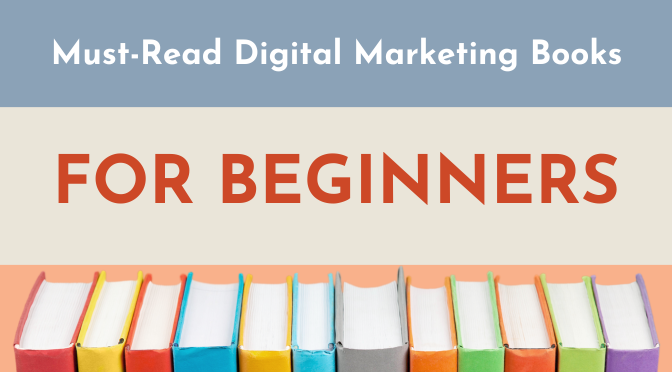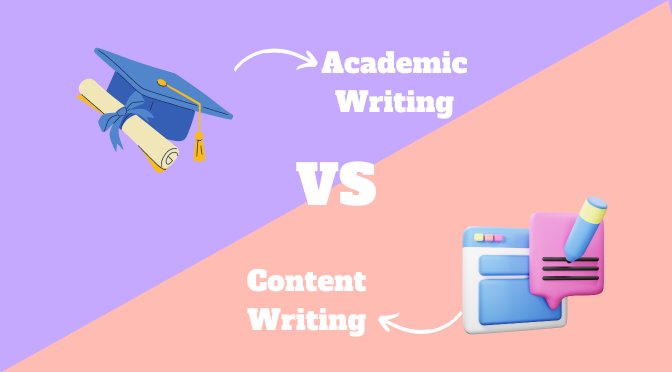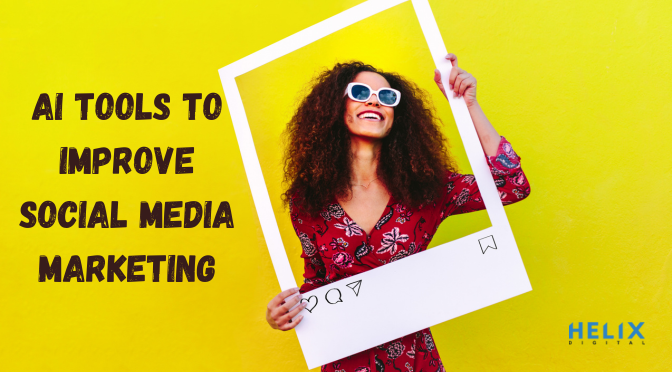Faced with increasing complexity, mounting online noise, and shifting consumer preferences, marketers have pulled one powerful ace up their sleeve: emotional marketing. This tactic revolves around conjuring images in the instinctive, subconscious part of the human brain and influencing behaviour based on emotional responses.
The tricky part, though, is that marketing soaked in emotions must not be one-dimensional. To really hit the mark, marketer act as a part artist and part scientists. But, does this mean equal part? Well, it is hard to say, but one thing is certain. Planning and executing a multi-faceted strategy is no longer optional: it is an absolute must.
Power of the story
Modern consumers are spoilt for choice and they have a limited amount of cognitive attention and money to spare. Brands across industry sectors are well-aware of this reality and some of them have already demonstrated the power of driving engagement through emotional storytelling. They do not hesitate to invest hefty resources into creating narratives that draw people in.
Take the example of Apple. The corporate giant captured imagination using a simple design that oozes modern sophistication. Moreover, it invited people to take part in something bigger, a lifestyle movement and technological revolution. And here lies to the gist of it: consumers were given a chance to satisfy the most basic emotional need, the one of belonging.
This is just another proof that humans are social animals. They trust word-of-mouth recommendations, buckle under peer pressure, and harbour Fear of Missing out (FOMO). On booming social media hubs, brands basically say: “Hey, trust us because many others already do”. They also back good causes and show social responsibility in order to cultivate loyalty. All of this builds social proof, a testament to the brand’s credibility and authority.
Striking a chord
Another common thread used to weave marketing campaigns comes in the form of universal stories. They foster a sense of connection because people can easily translate them into their own experience—this process is called neural coupling. Moreover, when in presence of such emotionally-charged marketing, we receive a rush of dopamine in the brain, which induces a sense of pleasure.
That is why content marketing is such a powerful weapon for piercing through the noise and reaching a wide audience. It seems that the type of content that resonates the most with consumers is the one that has a linear, story-like structure. And this does not apply only to articles and videos. Studies have found that the vast majority of consumers (92%) even expects ads to feel like a story.
Furthermore, the experience of brands like Netflix has shown that pictures featuring people’s faces showing complex emotions attract more clicks than pictures without any people. Princeton psychologists assert that first impressions are formed within a second and images fit here perfectly because they can be processed way faster (60x) than text.
Search for the Holy Grail
What we tend to overlook, however, is that these highly-effective, emotionally-powered strategies and campaigns were not a mere reflection of marketers’ empathy or gut instinct. They have a lot to do with the emotional intelligence of the brand, but consumer data as well. Namely, big data has reshaped the world of modern marketing. Everything is online and plays out in real-time, which means we can measure and analyze it.
Like it or not, we are all swimming the endless ocean of data and the key to success is to harness only the useful bits and pieces from it. Emotional sentiments are certainly one of the most vital elements that should be targeted with data and analytics tools. Data scientists and multidisciplinary teams are employed to fish for them and then marketers come into play, formulating killer strategies.

You could say that we live in the era of clinical research, where deciphering the language opens the gates to the Holy Grail of marketing, understanding human emotions. To be more precise, marketers have to figure out not only what customers think, but how they think as well. It is also of the utmost importance to understand that emotions act as perceptual filters that drive everyday habits and decisions.
For good measure
Of course, analyzing emotions is always a bit more complex than processing numbers. Therefore, the best approach is to identify the most relevant attributes and cluster them along the lines of micro-segmentation. Advanced mathematical algorithms can be used to gauge future purchase decisions, predict consumer lifetime value, and maximize overall marketing ROI. There are also other ways to gather data, such as on-page chat and NPS surveys.
At last, social media, with its unparalleled reach and immediacy, provides another channel for funnelling emotional layers into your data systems. So, recognize when the time to transition from numeric demographics buckets to psychographics is. Like it or not, you need to pull data from both quantitative and qualitative end of the spectrum, across numerous points of contact with between consumers and your brand.
Note that it might make sense to tilt the balance sometimes, but be careful when walking on this slippery slope. Overly emotional messages can come across as cheesy and patronizing, and data-backed campaigns may appear cold and impersonal. To make it more complicated, you have to avoid landmines along the ways, such as privacy concerns.
On top of the game
To find your way around, you can always follow what today’s top digital agencies are doing. They know very well that emotionally-driven marketing needs to be complemented with relevant data. Blue Fountain Media is one of the U.S, agencies making waves with useful blog posts that highlight useful data and teach about their craft. It delights the audience with helpful blog posts, articles on content mastery, unique infographics and videos that educate.
In Australia, two trends with the biggest estimated commercial impact are precisely content marketing and big data, followed by machine learning and artificial intelligence. Similarly to US, long-form, insightful articles and well-crafted infographics are among the most shared types of content. Not surprisingly, marketers in the Land Down Under are also raving about the impact of structured data on voice search, which is growing exponentially.
The key takeaway is to opt for a healthy mixture of entertaining and informative and to keep up the pace with industry trends. Ultimately, your marketing strategy has to use the rich metrics and pertinent data for proper targeting and occasional fine-tuning. At the same time, you must deliver a creative touch and tap into emotions. Thus, it is time to uncover your human face behind the corporate anonymity and sales pitches.
The best of both worlds
As it turns out, emotion and data-driven marketing are not worlds apart. Thanks to timeless workings of the human brain and latest marvels of modern tech, they are becoming more and more intertwined. So, the million dollar question is how to strike a fine balance and to find the sweet spot over and over again.
Well, emotions will always play a vital role in the decision-making process of modern buyers. For brands, it is a puzzle that has to be cracked in order to sway people. That being said, making decisions guided by intuition is not an option anymore. So, be mindful of raw data and embrace a cross-channel and departmental approach. Generate your campaigns with greater confidence and increase conversion and engagement rates using an intricate data-emotion amalgam.








